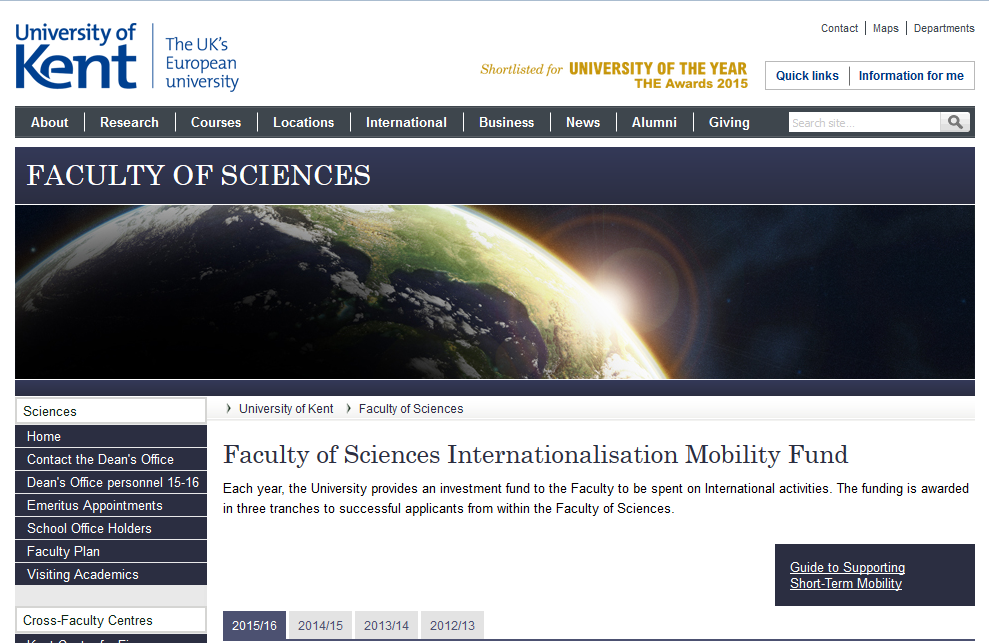The NERC-funded project, led by Dr Eleni Matechou, with Dr Alex Bush, University of Lancaster, Professor Jim Griffin, Statistical Science, UCL, Professor Richard Griffiths, Durrell Institute of Conservation and Ecology, University of Kent, and Professor Doug Yu, UEA as co-Investigators, is part of NERC’s Strategic Priorities Fund on Landscape Decisions: Towards a new framework for using land assets programme.
The RA on the project will be in place until 31st January 2022 and will work on meeting the four model development and two implementation and knowledge exchange objectives of the project.
Model Development (MD) objectives:
MD1 Account for sampling and analysis errors and taxonomic uncertainty in DNA-based data
Single-species (barcoding) and multi-species (metabarcoding) DNA data sets have more complicated properties than data
collected using traditional techniques using visual, aural or physical observations. For example, eDNA surveys are prone to
false-positive and false-negative errors at both the sampling and analysis stages as well as to taxonomic mismatches. We
will develop new statistical models that account for the probabilistic nature of eDNA data, reliably quantifying all levels of
uncertainty in eDNA surveys.
MD2 Identify important landscape predictors for site-specific species composition and metacommunity structure
The probability of species presences, species interactions and metacommunity structures is affected by landscape
characteristics. Accounting for these effects is necessary to obtain an understanding of the system and how to maintain it
or improve it. Failing to account for important effects can lead to inaccurate inference and biased results. However, the
strength and direction of these effects are typically unknown and we will develop a novel Bayesian modelling framework
and sophisticated algorithms for inferring landscape effects efficiently at the species and metacommunity levels using
eDNA data.
MD3 Perform simulations to identify the optimal study design for DNA-based surveys under different scenarios
The power to correctly infer the metacommunity structure and the landscape effects that shape it using eDNA data
depends on the number of sites sampled, the number of samples collected from each site, the number of PCR replicates
performed for each sample, as well as on landscape characteristics. We will perform extensive simulations to identify the
optimal study design under different scenarios and levels of error to provide practitioners with informed guidelines on how
to design eDNA surveys.
MD4 Identify the effects of errors in survey data or suboptimal study design on the selection of conservation priorities (e.g.
high-value habitat or restoration priorities)
Several conservation planning software exist that aim to infer the most efficient allocation of resources. Our Bayesian
model defined by MD1-2 as well as the power analysis resulting from MD3 provide a valuable predictive tool for species
presences and metacommunity structures, with corresponding measures of uncertainty, across the landscape. Using the
predictions generated by the fitted model in our case study system of UK ponds, we will obtain and compare different
solutions provided by planning software that are frequently employed in decision-making processes and assess how and if
decision-making is informed when uncertainty in inference is explicitly accounted for.
Implementation and Knowledge Exchange (IKE) objectives:
IKE1 Develop R-Shiny apps to implement MD1-4, making them accessible to users
The new statistical framework for eDNA data (MD1-4) will be implemented into R-Shiny apps and be accompanied by
examples of data analyses and corresponding interpretation to enable practitioners with limited understanding of statistics
and no prior knowledge of programming to employ our methods when analysing eDNA data.
IKE2 Disseminate project outputs and software to users via training workshops and project partners
We will organise two training workshops to take place in the last quarter of the project and after MD1-4 and IKE1 are
complete to disseminate the new methods to research users. These will complement ongoing – and fully subscribed –
training workshops that the research team have been running for practitioners in the general area of eDNA and statistical
modelling.
A more detailed description of the project can be found here








